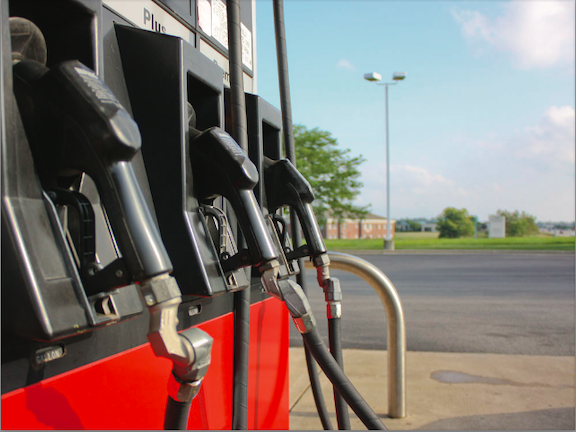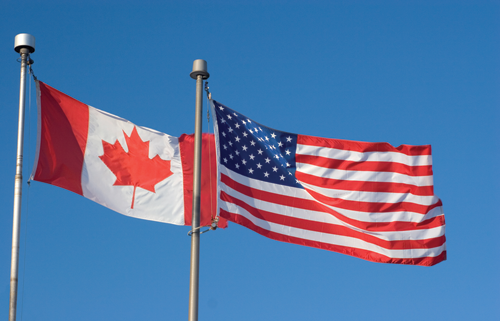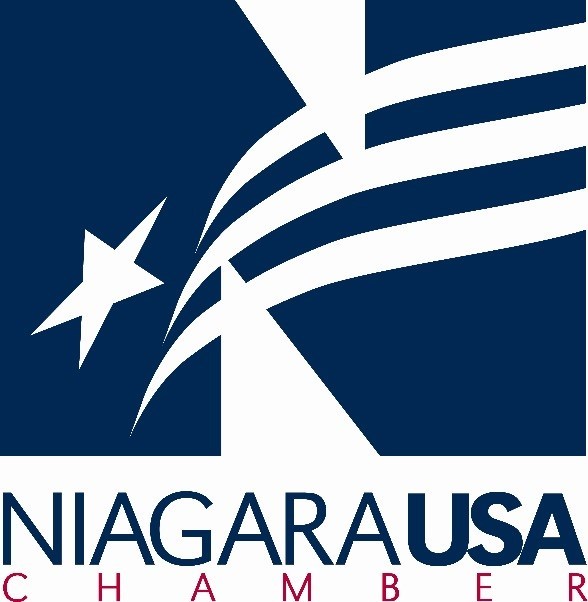Featured News - Current News - Archived News - News Categories
Visitors locked out of sites along Outer Harbor where millions in federal investments have been made
Public parks and outdoor spaces have become increasingly cherished and frequented during the ongoing pandemic, but a recent visit to Buffalo’s Outer Harbor left Congressman Brian Higgins wondering why the public is being locked out of so many outdoor destinations.
In a report titled “Waterfront Access Denied,” outlining the locations closed to public access, Higgins said, “This summer of COVID-19, when the health benefits of outdoor passive recreation are more important than ever, the public is being denied access to property which they own and which they have helped improve. Proceeding up or down Fuhrmann Boulevard one is presented with one ‘closed’ sign after another.”
Higgins has secured hundreds of millions of dollars for waterfront development. In 2005, the New York Power Authority agreed to a federal relicensing settlement negotiated by Higgins, providing $279 million for waterfront development along Buffalo’s inner and outer harbors. Federal transportation funding supported by Higgins funded transformation of a crumbling Fuhrmann Boulevard into the Outer Harbor Parkway and rebuilt Ohio Street along the Buffalo River. Millions more have been secured for pocket parks and recreational destinations along the waterfront.
The public is currently cut off from access to the following sites that have seen substantial federal investments:
√ Union Ship Canal – $2 million in federal funding included in the American Recovery and Reinvestment Act of 2009.
√ Tifft Street Pier and Lake Kristy Pier – $4.2 million in federal funding supported the buildout of the Tifft Street Pier, Lake Kirsty Pier at Tifft Nature Preserve and the Industrial Heritage Trail.
√ Times Beach – $1.4 million in federal funding-supported improvements to Times Beach and Gallagher Beach.
√ Buffalo Lighthouse – $6.1 million in federal funding secured by Higgins opened up the Buffalo Lighthouse, located on the Buffalo Coast Guard property, to the public. Additional NYPA settlement funding was allocated for Lighthouse rehabilitation.
√ Shoreline Trail – Adjacent to the DL&W terminal, which is now undergoing reconstruction with the help of state and federal transportation funding.
Higgins is asking the organizations responsible for each of the properties to reexamine their policy and provide the public with the most complete and generous public access possible. He acknowledged some of the closures may be related to damages caused by the storm on Oct. 31. Storm damages are eligible for federal emergency disaster funding, but localities must make application to the federal government to earn the funding, which in some cases will pay up to 75% of costs. Higgins has successfully advocated for these federal funds to repair storm-damaged areas owned or managed by local governments, and is prepared to advocate further if applications for federal funds are submitted.
To date, Higgins has helped to secure over $2 billion in COVID-19 relief for Western New York and is fighting for additional funding for state and local governments.
Higgins pointed out there is also a great deal of good news along Buffalo’s waterfront:
√ New trails, open spaces, protected natural areas, a bike park and a festival grounds came fully on-line last year, and designers are hard at work finalizing plans for substantial public access improvements to the Michigan Pier, the Terminal Elevator site, the Pier restaurant site and the Terminal B site.
√ Erie Canal Harbor Development Corporation and the U.S. Army Corps of Engineers are preparing a substantial aquatic habitat project beside the Michigan Pier to improve the Outer Harbor fishery and provide other benefits.
√ His camp said, “An environmental review for the removal of the Buffalo Skyway is proceeding quickly, providing the best chance in a generation for the removal of that facility and the noise and pollution it makes from the Outer Harbor forever, which would dramatically improve the recreational and habitat quality of all of the green spaces up and down the Outer Harbor.”
Higgins said, “Western New Yorkers need access to both passive an active outdoor areas. These spaces provide an outlet that allows for safe social distancing in an environment that supports mental and physical well-being. No aspect of the waterfront should be closed to public access at this time.”





























